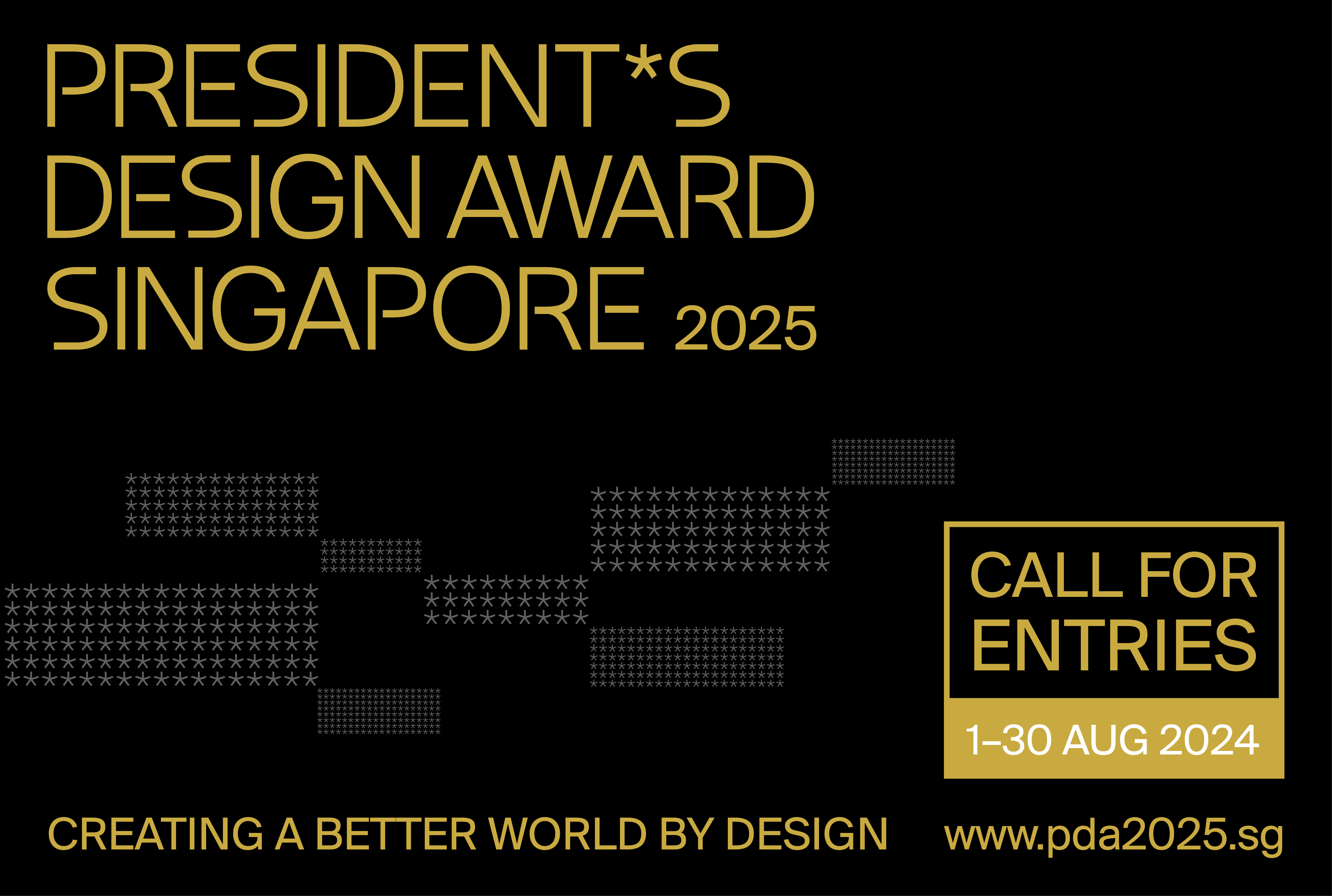Call for Entries for President*s Design Award 2025 is now open!

The President*s Design Award (P*DA) is Singapore’s highest accolade for designers and designs across all disciplines. It recognises the achievements of those who have made a difference to the lives of Singaporeans and the global community through excellent design.
The call for nominations of the 2025 edition of the P*DA is now open! We are seeking nominations for designers whose lifelong work or latest project reflect the ethos of the P*DA in making groundbreaking achievements in design, raising the quality of life, enabling economic transformation, and advancing the Singapore brand.
The Call for Entries runs till 30 August 2024 (12pm GMT+8).
Visit www.pda2025.sg to learn more about the criteria and submission guidelines.